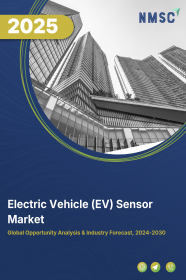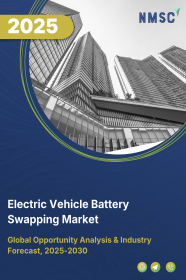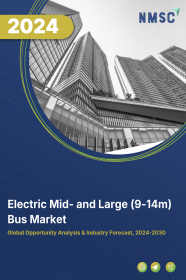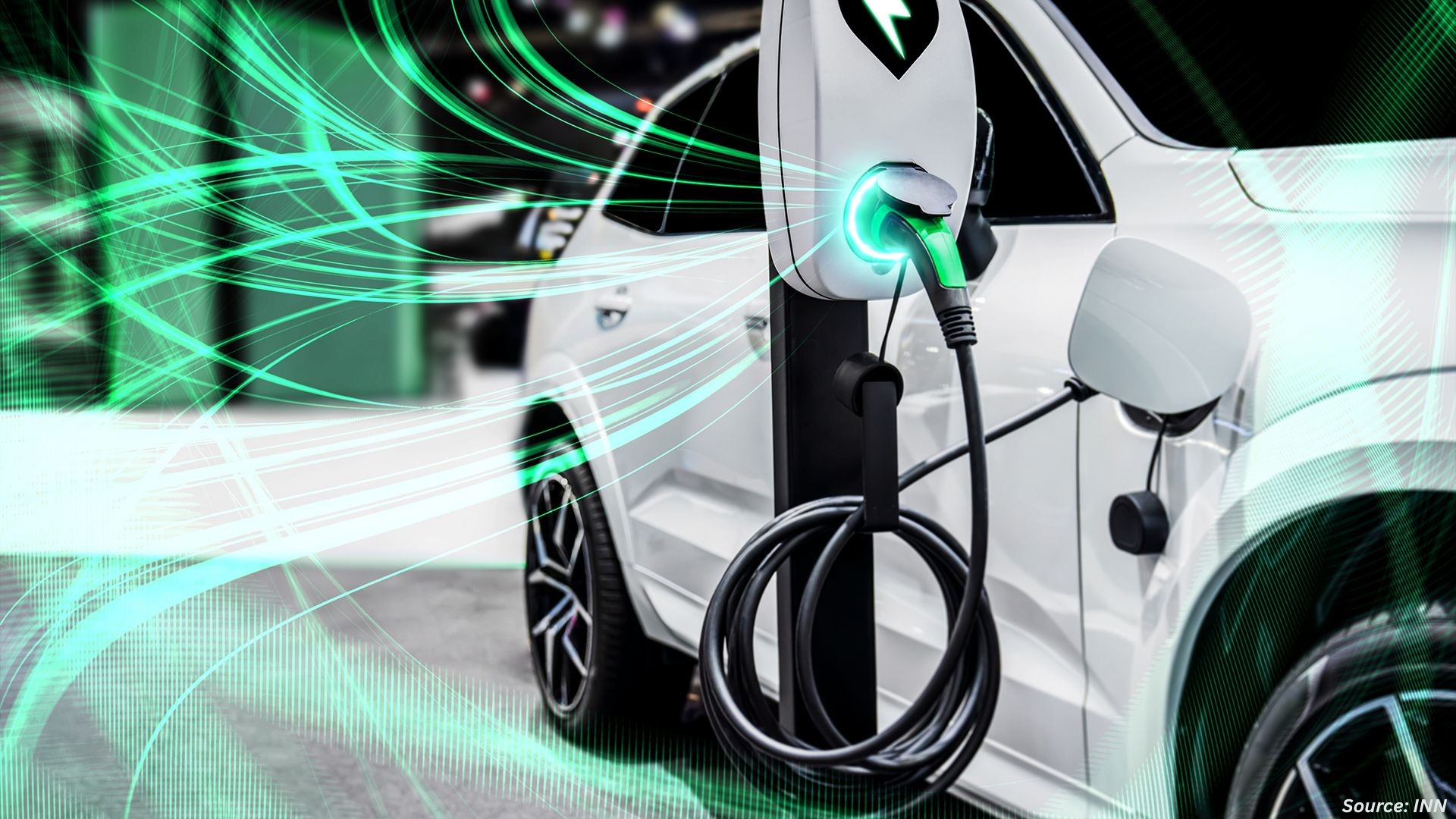
Canada Electric Vehicle (EV) Charging Market by Type of Charger (AC Chargers, and DC Chargers), by Charging Speed (Level 1, Level 2, and Level 3), by Connector Type (Type 1, Type 2, CCS, CHAdeMO and Others), by Installation (Fixed, and Portable), and by End User (Commercial, and Residential) – Opportunity Analysis and Industry Forecast 2023–2030.
Industry: Automotive & Transportation | Publish Date: 23-Oct-2025 | No of Pages: 109 | No. of Tables: 142 | No. of Figures: 87 | Format: PDF | Report Code : AT846
Market Definition
Canada Electric Vehicle (EV) Charging Market was valued at USD 106.79 million in 2022, and is predicted to reach USD 1438.1 million by 2030, with a CAGR of 38.9% from 2023 to 2030. Electric vehicle chargers are defined by the amount of energy delivered to the vehicle’s battery per unit of time. It is an infrastructure that is used to connect the plug-in electric vehicle to an electrical outlet to charge the battery of the vehicle. Electric vehicle chargers are used to provide charging to EVs with a battery and the electrical source that helps to charge the battery.
Electric vehicles, neighborhood EVs, and plug-in hybrids can all be charged at a charging station by connecting to an electrical source. Advanced features including smart meters, cellular connectivity, and network access are available on some charging stations. The charging of EVs can be carried out through several levels of charging such as level 1, level 2, and level 3. The higher the level of charging, the faster the charging process causing more power to be delivered to the vehicle. The use of electric vehicles significantly reduces the carbon footprints released into the atmosphere, which contain toxic gas. The growing threat of carbon emissions and other harmful gases stemming from transportation has triggered the vital necessity of adopting electric vehicles.
In addition, the penetration of EV charging is high in commercial spaces as compared to residential ones. Long-distance trips would benefit from ultra-fast charging capabilities made possible by public charging infrastructure. However, EV chargers for residential spaces offer significant growth potential as they are affordable and more convenient for charging electric vehicles as compared to commercial charging stations.
Rising EV Ownership Across Provinces Fuels Demand for Charging Infrastructure
The rising growth in electric vehicle sales, driven by zero-emission mandates and consumer incentives, is directly increasing demand for accessible and efficient charging networks. Federal rebates of up to CAD 5,000 per vehicle, along with additional provincial incentives, have accelerated adoption in provinces like Quebec and British Columbia. This growing base of EV users is intensifying the need for both public and residential charging options, prompting governments and businesses to expand charging coverage and reduce range anxiety.
Public Funding and Infrastructure Programs Accelerate Deployment of Charging Stations
The Canadian government’s commitment to expanding EV infrastructure is reflected in funding programs such as ZEVIP and the Green Infrastructure Fund. These initiatives have supported the installation of thousands of Level 2 and DC fast chargers nationwide. The focus on ensuring geographic equity—particularly in underserved regions and along intercity routes—is catalyzing a broad deployment strategy, with municipalities, utilities, and private operators increasingly collaborating to scale up infrastructure.
High Installation Costs and Limited Standardization Hinder Market Scalability
The cost of setting up DC fast chargers remains a key barrier to widespread adoption. Grid upgrades, transformer capacity, and permitting expenses significantly increase the financial burden for both public and private operators. Additionally, the lack of uniform standards across charger types and connector systems complicates integration and interoperability. This fragmentation limits infrastructure usability for consumers and increases operating costs for network providers.
Integration of Digital Technologies Opens New Investment Channels in EV Charging
The growing incorporation of Internet of Things (IoT) systems and cloud-based analytics is unlocking new capabilities in EV charging. Real-time monitoring, remote diagnostics, and energy optimization features are enhancing charger performance and customer experience. These technologies also enable smarter grid integration, supporting demand-side management and preparing for future innovations like vehicle-to-grid (V2G) systems. As utilities and tech firms enter the market, digitally enabled charging infrastructure is emerging as a key investment frontier.
Competitive Landscape
The Canada Electric Vehicle (EV) Charging industry includes several market players such as ChargePoint Inc, Blink Charging Co, Enphase, Tesla, ABB, Wallbox, Schneider Electric, Delta, Siemens, Kempower Canada, BTC Power, Hitachi, Leviton Manufacturing Co, Grizzl-E, Hypercharge, and others.
Key Benefits
-
The Canada Electric Vehicle (EV) Charging market report provides a quantitative analysis of the current market and estimations through 2023-2030 that assists in identifying the prevailing market opportunities to capitalize on.
-
The study comprises a deep dive analysis of the market trend including the current and future trends for depicting the prevalent investment pockets in the market.
-
The information related to key drivers, restraints, and opportunities and their impact on the market is provided in the report.
-
The competitive analysis of the market players along with their market share in the Canada Electric Vehicle (EV) Charging market.
-
The SWOT analysis and Porter’s Five Forces model are elaborated in the study.
-
Value chain analysis in the market study provides a clear picture of the stakeholders’ roles.
Canada Electric Vehicle (EV) Charging Market Key Segments
By Type Of Charger
-
AC Chargers
-
Mode 1 (2.3 KW)
-
Mode 2 (2.3 KW)
-
Mode 3 (3.7 KW To 22 KW)
-
-
DC Chargers (22 KW To 350 KW)
By Charging Speed
-
Level 1
-
Level 2
-
Level 3
By Connector Type
-
Type 1
-
Type 2
-
CCS
-
CHAdeMO
-
Others
By Installation
-
Fixed
-
Portable
By End User
-
Commercial
-
Commercial Public EV Charging Stations
-
Highway Charging Stations
-
Fleet Charging Stations
-
Workplace Charging Stations
-
-
Commercial Private EV Charging Stations
-
-
Residential
-
Private Homes
-
Apartments
-
Key Players
-
ChargePoint Inc.
-
Blink Charging Co.
-
Enphase
-
Tesla
-
ABB
-
Wallbox
-
Schneider Electric
-
Delta
-
Siemens
-
Kempower Canada
-
BTC Power
-
Hitachi
-
Leviton Manufacturing Co.
-
Grizzl-E
-
Hypercharge
Report Scope and Segmentation
|
Parameters |
Details |
|
Market Size in 2022 |
USD 106.79 Million |
|
Market Volume in 2022 |
8 Thousand Units |
|
Revenue Forecast in 2030 |
USD 1438.1 Million |
|
Growth Rate |
CAGR of 38.9% from 2023 to 2030 |
|
Analysis Period |
2022–2030 |
|
Base Year Considered |
2022 |
|
Forecast Period |
2023–2030 |
|
Market Size Estimation |
Million (USD) |
|
Growth Factors |
|
|
Companies Profiled |
15 |
|
Market Share |
Available for 10 companies |
|
Customization Scope |
Free customization (equivalent up to 80 working hours of analysts) after purchase. Addition or alteration to country, regional, and segment scope. |
|
Pricing and Purchase Options |
Avail customized purchase options to meet your exact research needs. |

















 Speak to Our Analyst
Speak to Our Analyst

























